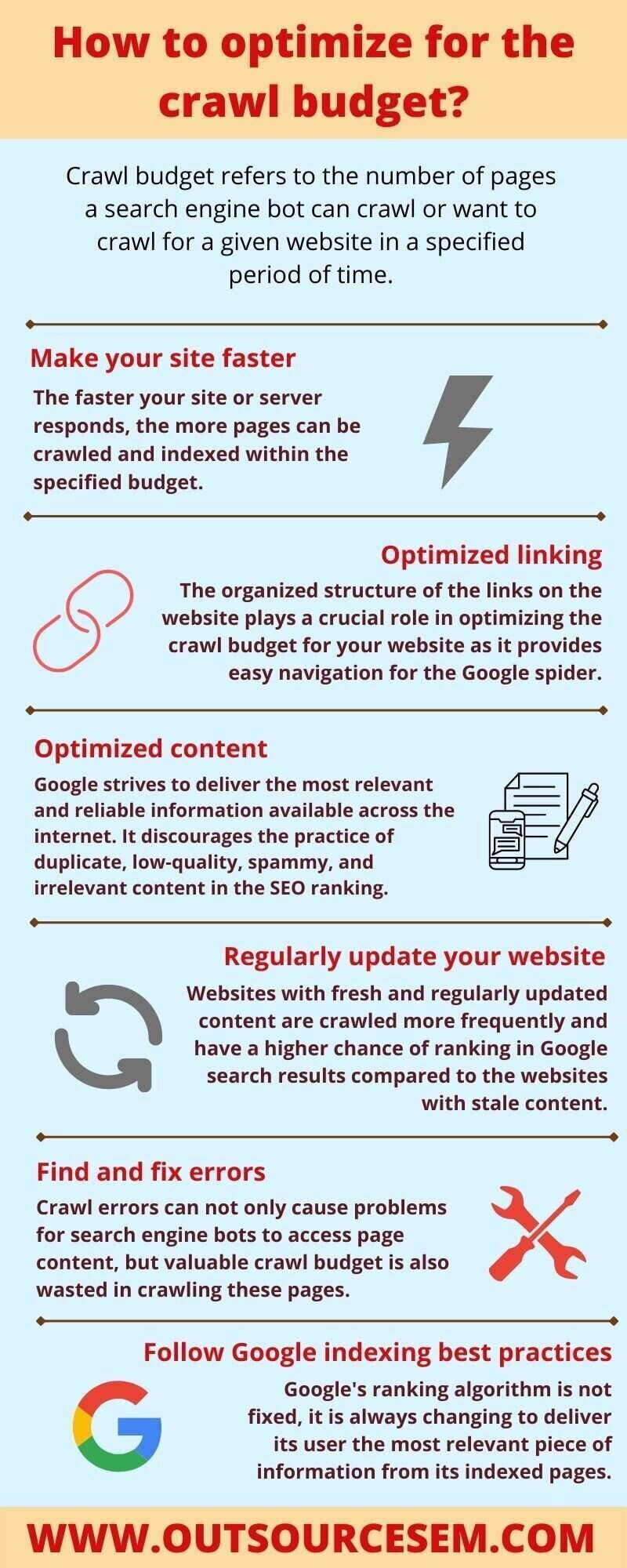IndexNow reduces server load and optimizes crawl budget by directly notifying search engines about specific URL changes, allowing them to prioritize crawling only updated or new content rather than broadly crawling the entire site. This targeted approach decreases unnecessary crawling, which lowers server requests and conserves crawl budget for more important pages.
Key points on how IndexNow helps reduce server load and improve crawl budget efficiency:
-
Direct URL change notifications: IndexNow sends immediate pings to search engines when content changes, so crawlers focus on fresh or updated pages instead of repeatedly crawling unchanged pages.
-
Reduced unnecessary crawling: By relying on these notifications, search engines can reduce broad, random crawling of stable or rarely changed pages, which decreases server load and saves crawl budget.
-
Improved crawl budget allocation: With fewer resources spent on unchanged content, search engines can reallocate crawl budget to more critical or new content, improving indexing speed and accuracy.
-
Server load considerations: While IndexNow reduces overall crawl load, sending too many automated submissions too quickly can strain servers and trigger rate limiting. Implementing delays or exponential backoff between submissions helps avoid this.
-
Energy and sustainability benefits: Targeted crawling via IndexNow also reduces energy consumption compared to traditional broad crawling, aligning with sustainability goals.
Additional crawl budget optimization strategies complementing IndexNow include:
-
Improving server response times and page loading speed to increase crawl capacity and crawl health.
-
Removing render-blocking resources and optimizing page quality to enhance crawler efficiency and user experience.
-
Monitoring crawl stats and errors to identify crawl budget issues and adjust crawling behavior accordingly.
In summary, IndexNow enhances crawl budget efficiency by signaling search engines about relevant URL changes, reducing unnecessary crawl requests, lowering server load, and enabling faster, more focused indexing. Proper implementation with controlled submission rates maximizes these benefits while maintaining server stability.





